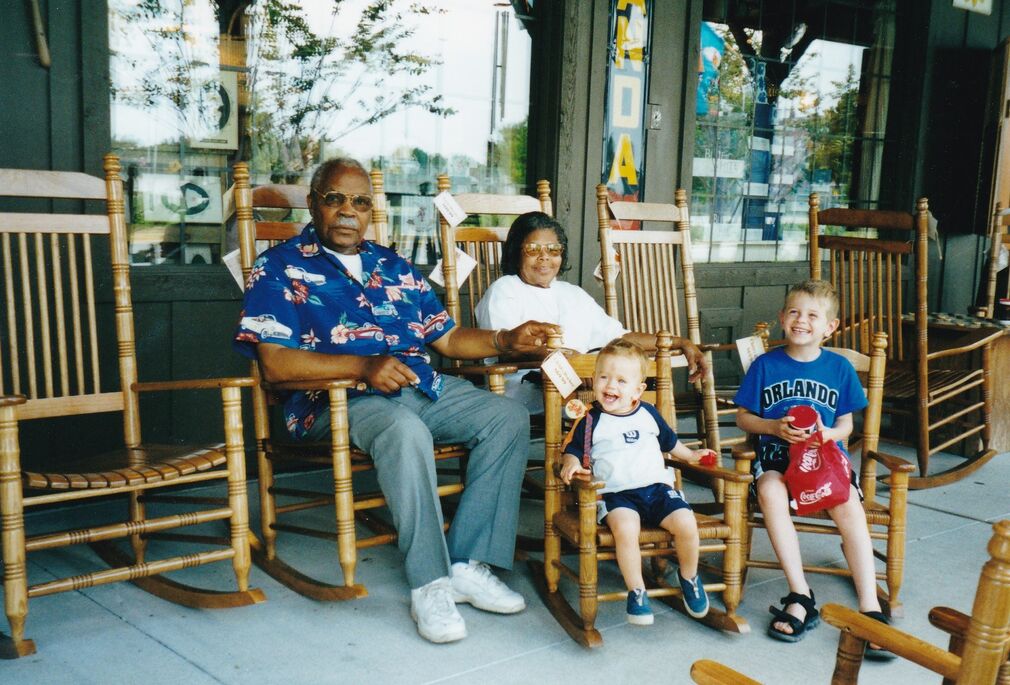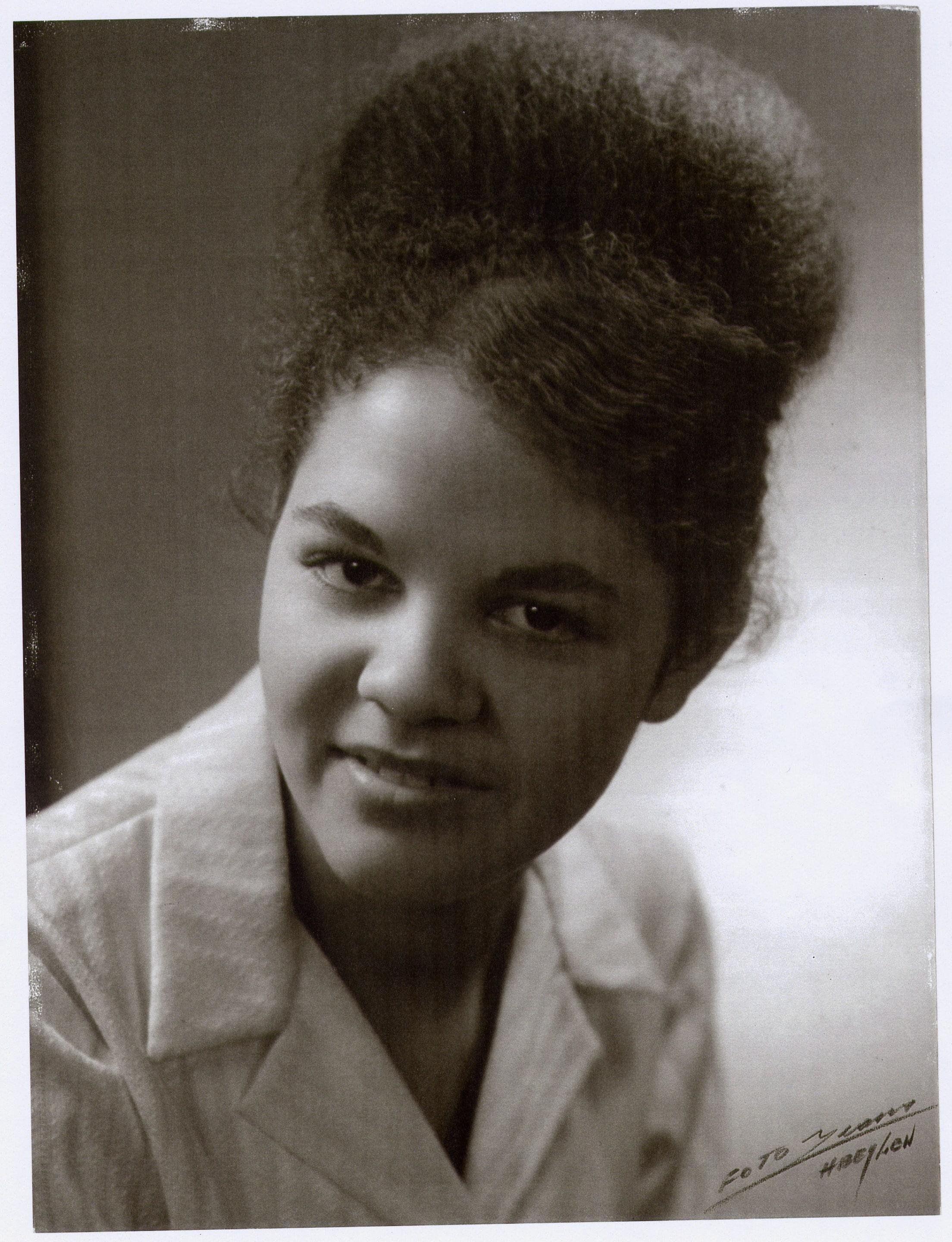Els Geijselaers-Nols
African American soldiers were quartered in a church near the marl caves in Geulhem near Berg en Terblijt in the most Southern part of The Netherlands. Trinette Nols-Weusten (1903) lived across from the cave with her six children.
She was having a difficult time, just her alone with the kids. At first, nobody knew where Trinette’s husband Harrie had gone. It turned out that Harrie, a miner, had traveled to Germany with the first American liberators arriving in Berg en Terblijt, working as an orderly. It was late 1944.
Trinette was more than happy to take in laundry for the Americans. In exchange, she received food items and other American presents.
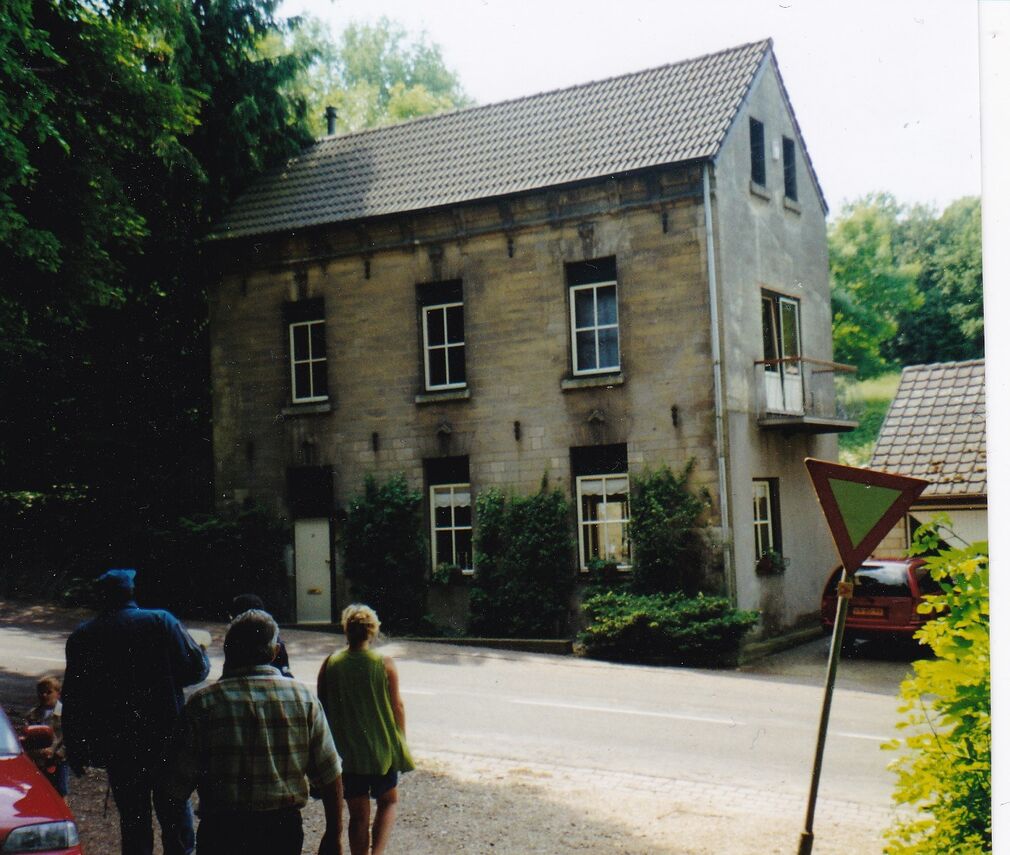

Giving a warm welcome to the Black liberators was natural to the Nols family, just as it was for the other villagers. There was no discrimination whatsoever. Of course, the liberators were quite the attraction.
Each of the African American soldiers were more or less 'adopted' by one of the village families. For one of them, Henry Vanlandingham, that meant the Nols family.
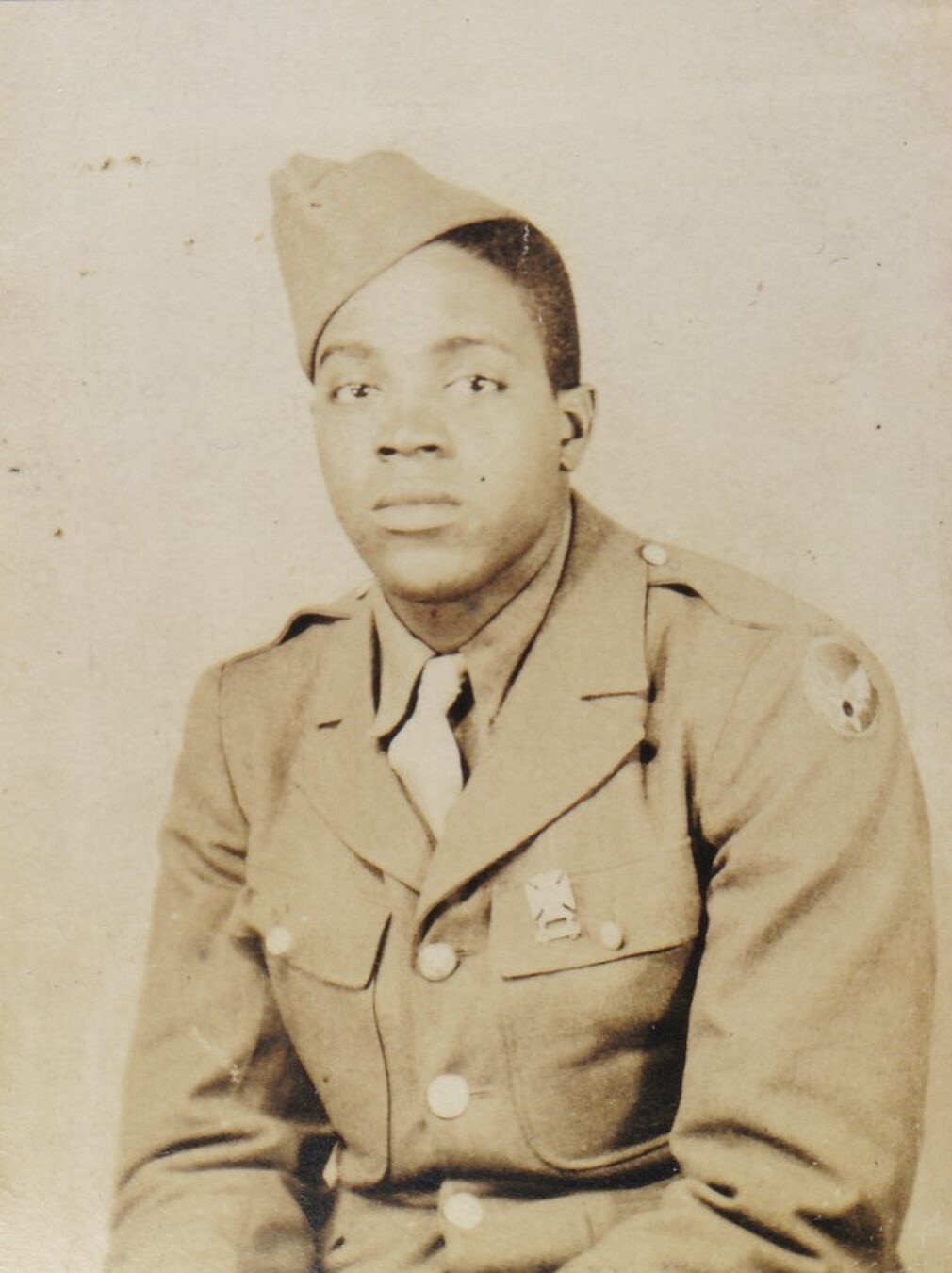

On September 9, 1945, Trinette gave birth to her seventh child, Els, at the School for Midwives in Maastricht. On September 10 1945 a student midwife registered the child with the municipality of Heerlen. The registration said the father was indisposed to do so himself. Els got included in the family. The baby was unmistakably different from Trinette's other children. But to the whole family, including the recently returned husband Harrie, grandpa Nols, and the other people in the village, the girl of color was just one of the seven kids in the family.
Mother Trinette never talked to Els about her biological father, even though Els knew he was somewhere in America. She kept her questions to herself. Even as a child she realized she was considered an outsider in the village. She felt different too. And that hair! The hairdresser did not know what to do with it, but she did not ask any questions. All the family members just thought of her as Els, Harrie Nols' youngest.
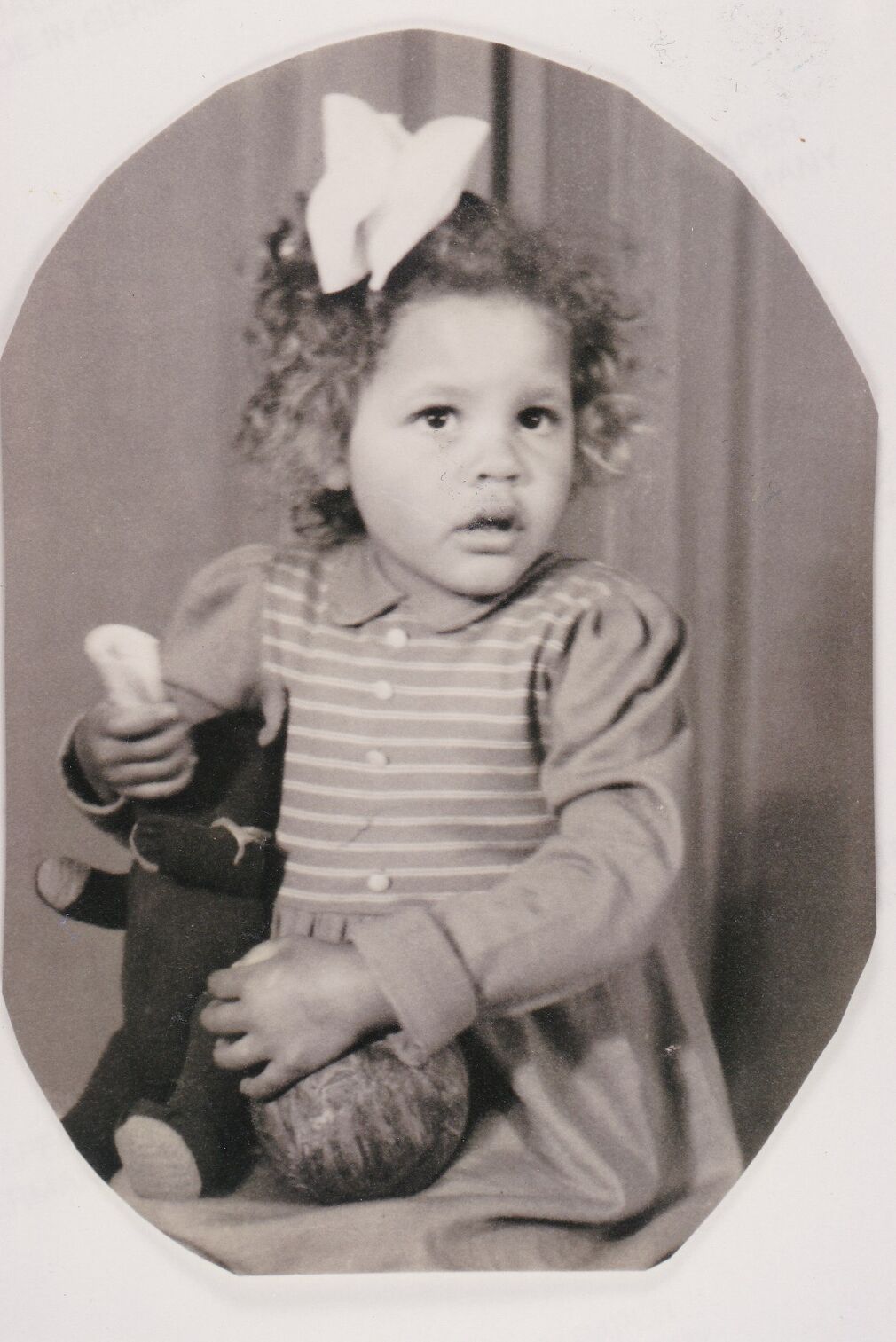

She realized she was considered an outsider in the village. She felt different too. And that hair!
Els got married to Haike (Harrie) Geijselaers when she was eighteen. Two years later, in 1965, their son Marc was born. They were living with Els's parents at the time.
I see your grandpa walking around.
In 1985, a short while after Trinette had passed away, Els decided to take English classes. She was planning to locate her biological father and in order to do so she needed to be able to speak English. Still she waited until 1991 before she started to seriously look for him. She asked her older brother Pierre and her sister Marie if they remembered anything about the liberation time, but they gave her scant information. They did tell her though that the man with whom mother had a relationship was a lot younger than Trinette. That was all they seemed to know. The friendship between the Black soldier and the family probably lasted no more than a month or two, because in January 1945, Henry had already left 'The Berg' as he called the village on the river Geul, for Germany. When they said goodbye, he did not know Trinette was carrying his child, and neither did she. Villagers knew that Henry used to visit the Nols family, and that his last name sounded like Van Landingen.
Els got in touch with the Liberation Children's Society (Vereniging Bevrijdingskinderen), and they started searching the archives to assist her. They wrote letters to various organizations in the US that might be able to help.
A neighbor, Pieke, one day told Marc, Els's son, that he still remembered what Henry looked like. "When I see you walking around, I see your grandpa walking around."
Els told her story in women's weekly Libelle's May 3, 1996 issue:
“It seems as if my older brother and sister, who should know more about this, entered into a pact and made a promise to my mother. Something like, make it clear, she is one of us. They have always been very nice to me, they protected me. At home, I never noticed I was somebody else's child. The neighbors did not have a problem with it either. For them, I was just 'Harrie's Els, even though the difference was noticeable, because I had dark skin. The teasing began at school. When I asked at home why they called me a negro child, my mother would take me in her lap, hug me and give me a piece of candy. The worst was when people asked my parents who that child, that curly-head, was and where she came from. I thought, they had taken me away from some place, and pretty soon the other people will come and take me back. That fear dominated my life for a long time. As a child I was reserved, afraid to stand out. That stayed with me, although by then I figured I was most likely the child of a Black soldier. But who was my father? My mother kept her mouth shut. I got married when I was eighteen and had a son when I was twenty. A dark skinned baby. My parents were crazy about him. I thought now they will tell me. But the secret remained, although I no longer thought about it all that much. Not until eleven years ago, when my mother died, did it get stirred up again. The uncertainty about my origin, the anger that no one had told me anything. I was sure there had to be someone who knew… Where was I supposed to start looking?
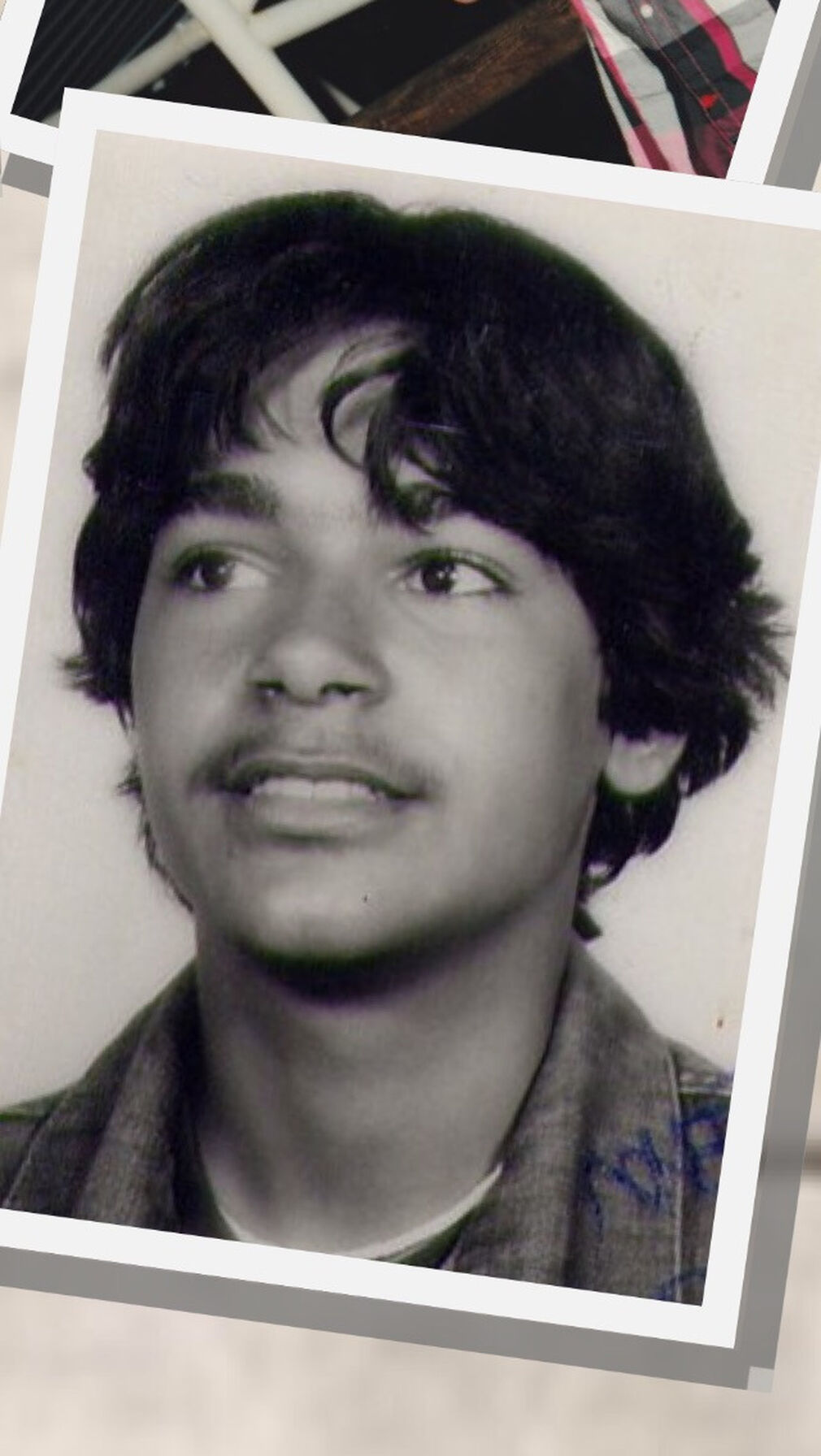

This became a big problem again after my son got married. I felt thrown back on my own resources. Who was I? I became stressed, nervous, lost my sense of self-worth. And then, three years ago, I got this telephone call from an old school friend, she too was the child of an American liberator. 'Els, do you want the name of your father?' To me, this message came straight from heaven, but as it turned out, all these years her aunt had just kept this piece of paper with his name on it. When I showed it to my sister, she said: 'Yes, that's right. But it’s spelled differently.' She was surprised I made such a big deal about it. 'Why do you want to know who your father is,' she asked. 'Didn't you have a good life with us? You were always the most pampered one. What will you be stirring up?'
In the summer of 1994, Marc and his wife Sonja, were visiting friends in the US. They also went to various archives in D.C. and Arlington, VA, to find out if the man whose name they thought they now knew was still alive. They discovered he could still be alive, but they did not obtain his address. They had three names. Coincidentally on May 5 (Dutch Liberation Day), 1994, Els received a letter with three addresses for men bearing the name she gave to the Liberation Children's Society. Two of them responded. One of the letters contained a picture of a white veteran, so he could be excluded. The other letter was from a VanLandingham who wrote extensively about her village and about the marl caves. It was clear he had been to Berg en Terblijt, but nothing indicated he might be a Black American.
In 1995, Marc and Sonja went to Florida, taking Henry VanLandingham's address with them. They wanted to visit 'grandpa', and wrote to him before their trip under the pretext of wanting to thank him personally for his contribution to the liberation fifty years ago. Marc wanted to know for his mother, and obviously for himself as well, if this was the right man. Over the phone, they set up an appointment. Marc and Sonja brought presents for Henry: orange sandwich sprinkles and a Dutch-English book about the liberation of Valkenburg. After arriving in Silver Springs, FL, they did not have any problem finding Henry's address. The door opened, and Marc and Sonja were warmly welcomed by a small African American woman, Henry's second wife, Hazel. She made them feel very welcome right from the start.
They sat down in the living room, and when a few seconds later Henry entered the room, for the very first time, Marc could shake hands with his grandfather. Marc: 'This was my grandpa. I recognized things, like the way he spoke, the way he moved. 'The Vanlandinghams were very happy to see them. Henry told them that a few years back, he had replied to a letter from a Dutch organization asking him whether he had been stationed in the Netherlands. And now this young man and his wife had come to visit him. He thought that was wonderful since he had very pleasant memories of the village where the people were so friendly and hospitable. The caves especially had made a big impression. All those war time memories were coming back.
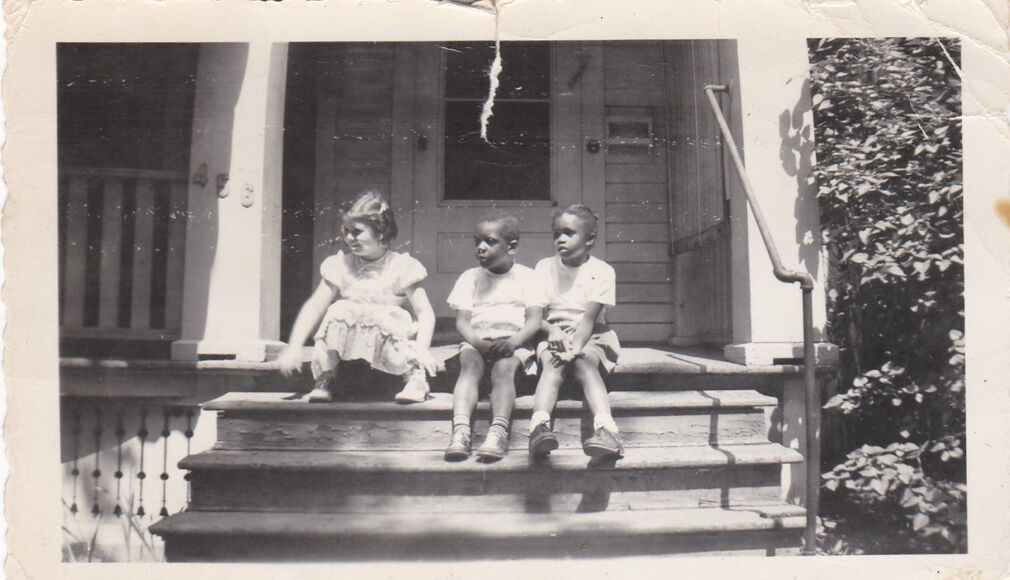

Henry was born on July 26, 1920, in Buffalo, NY. He was drafted for military service at age 21, underwent training before leaving for Europe, and was part of the QMSC working as a technician and a driver. Via military mail he wrote to his then wife Mary how much he enjoyed his stay in 'The Berg'. He was 25 when he was in the Netherlands. He loved visiting the Nols family and wrote about it later in life. Henry was exhausted after the war years in Europe, both physically and mentally. When he got sick during his stay in Berg en Terblijt, Trinette took care of him. The domesticity worked wonders on Henry.
The visitors showed Henry and Hazel photos from the liberation period, including photos of Els. However, Marc did not tell Henry that he was his grandson. Marc: 'I thought that was something between my mother and him.' He thought it was up to his mother to contact Henry, but he and Sonja were convinced Henry was her father.
Henry talked extensively about the family he grew up in in Buffalo, New York. Before he left for Europe, in 1942, Henry was married to Mary. In 1943 they had a daughter, Arzeymah. Their son Philip was born after the war, in 1946. After his return to the US, Henry worked as an aircraft mechanic for a while, and later on had his own construction company until he became an inspector and coordinator for the City of Buffalo's buildings maintenance. He was always very much involved in youth projects and church because he wanted to help realizing a better future for underprivileged black youth. After Henry and Mary divorced in 1967, Henry got remarried to Hazel, a teacher from Georgia. They moved to Silver Springs, Florida.
Her father called her up. It was June 16, 1995.
Back in Berg en Terblijt, Marc and Sonja told Els the good news from the US, but not before they had the pictures developed. 'Mom, I have a surprise! That man is your father. He is not aware of that yet, but I am certain.' Els's response: 'Well then, now what?' Marc encouraged her: 'Why don’t you write him a letter, and I'll translate for you.'
That June, Els worked on drafting the letter to her father. She explained to him why she was looking for him. She apologized in advance for the trouble in case he might turn out not to be her father. She sent along pictures of herself as a child and as an adult. She was not kept in suspense for long, because two weeks after mailing the letter, her father called her up. It was June 16, 1995.
Henry had already informed his daughter and son: 'You two have a sister in the Netherlands,' and they thought this was great news. Henry knew for sure he was Els's father: 'Child, it has to be, you are the spitting image of my youngest sister. Why didn't your son say anything?' He invited her to quickly come and visit him. Henry's first wife, Mary, also insisted on meeting the woman from Limburg, because she remembered very clearly what Henry told her about his stay in the Netherlands. She said that family saved him. At the time, he was exhausted, sick, and very lonely.
This is your room, and it will remain your room.
A new trip was quickly booked. On October 26, 1995, Els, Marc, and Sonja were leaving for the US. They brought along a photo album containing pictures of Els's life with her family, photos of the time of Els's life that Henry had not been a part of. Together with Hazel, Henry picked up his daughter from the Orlando, FL, airport. Right away, he enveloped her in a bear hug, and never left her side during the rest of her stay in the US.
When they got to the house, Henry put Els's luggage in one of the bedrooms, saying: 'This is your room, and it will remain your room.' He kept asking Els: 'Why did your mother never mention me? If I had known about your existence, I would have come and got you. So many years now have been lost.' He asked Marc too: 'Why didn't you tell?' Marc, later on said: 'Of course I also wanted to know what kind of situation Mom would find there.'
From then on, Henry carried the photo album with him wherever he went. When he saw that his daughter was keeping a journal, he wrote in it before she went back to the Netherlands: 'Dear daughter, may this be the beginning of a new family life.'
The following summer, Henry and Hazel came to visit Berg en Terblijt. They wanted to attend the baptism of Henri’s first Dutch great-grandson Marciano, in the Geulhemer cave chapel. From then on they visited each other many more times and they established family ties that remain close to the present day.
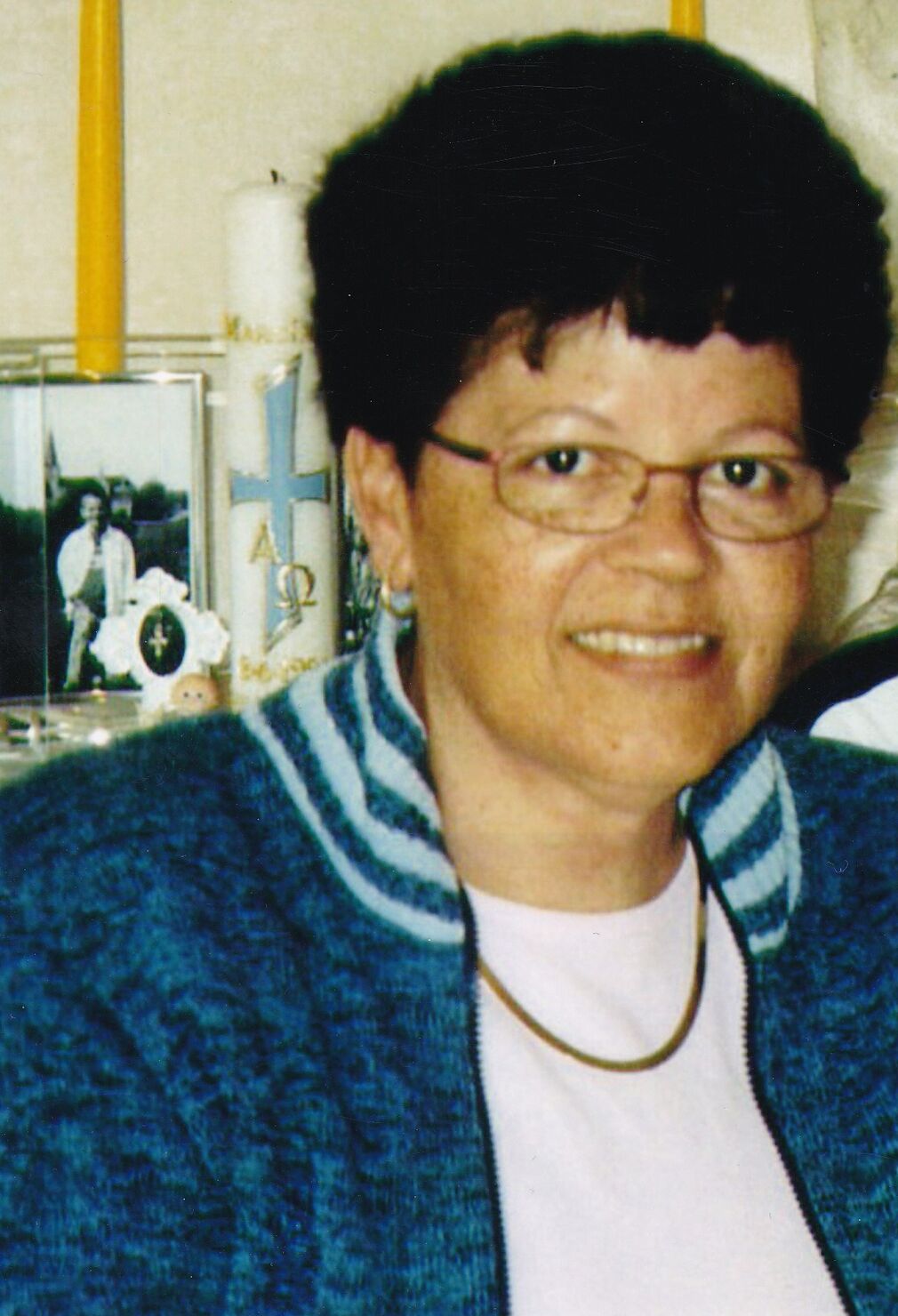

Els passed away on September 3, 2004. Henry died on August 5, 2006.
